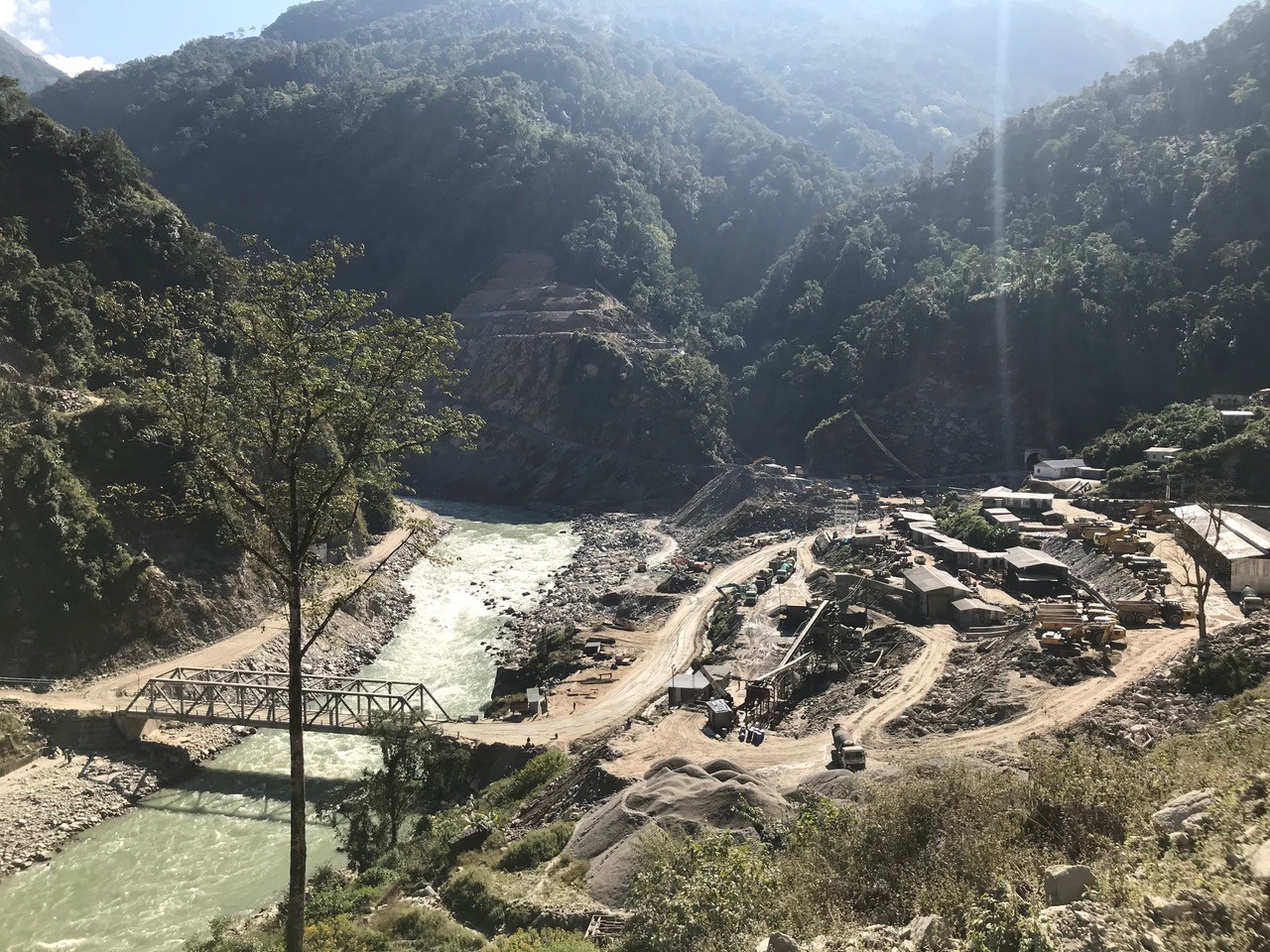A Dam Deferred: Nepal’s unfinished infrastructures
Principal Investigator: Matthäus Rest
Since 2009

What does it mean to be affected by an unfinished infrastructure? This is the main question guiding my first monograph. At its centre stands the Arun-3 hydropower project, a dam in Eastern Nepal whose construction was suspended in 1995 and resumed in 2018. The book will provide an account of the invention, cancellation and recent resumption of Nepal’s most controversial infrastructure project and what its decades-long suspension tells us about the shifting shape of sovereignty at the Himalayan hydropower frontier. Hydropower is fundamentally about controlling volumes. A dam holds water, ready to be translated into electricity. Therefore, hydropower has been central to state projects throughout the 20th century and recent developments suggest that it will be equally important in this century. The Himalayas will be the prime site for new hydropower extraction in the foreseeable future. Across the mountain range, hundreds of large-scale dam projects are in different stages of planning or construction. This is where the two emerging powers China and India meet and recent military developments show that this frontier will shape much of their future interaction. Nepal is a crucial site in this relation, a paradigmatic buffer state where both neighbours try to secure spheres of influence and sites of extraction. Increasingly, these sites are dam sites and it is their relation to volumes that make them so complicated. The developments at the Himalayan hydropower frontier show that any analysis of the struggle for spheres of influence has to move beyond topographical maps and instead understand sovereignty in a three-dimensional way. Thus, my book will extend recent discussions around vertical geopolitics and volumetric sovereignty to the field of hydropower production and engage closely with indigenous conceptions of sovereignty and the underground.
Funding: Humer Foundation for Academic Talent, Swiss National Science Foundation
